
cazalea
[Seiko Moderator]
17630

Degrees, Gears & Ratios, Part 3
Episode 3 of Degrees, Gears & Ratios begins with a giant stage backdrop from a theatre production, when I was chairman of the board of trustees. I can't remember the name of the show but what better image to start this episode ... and can anyone name the movement?
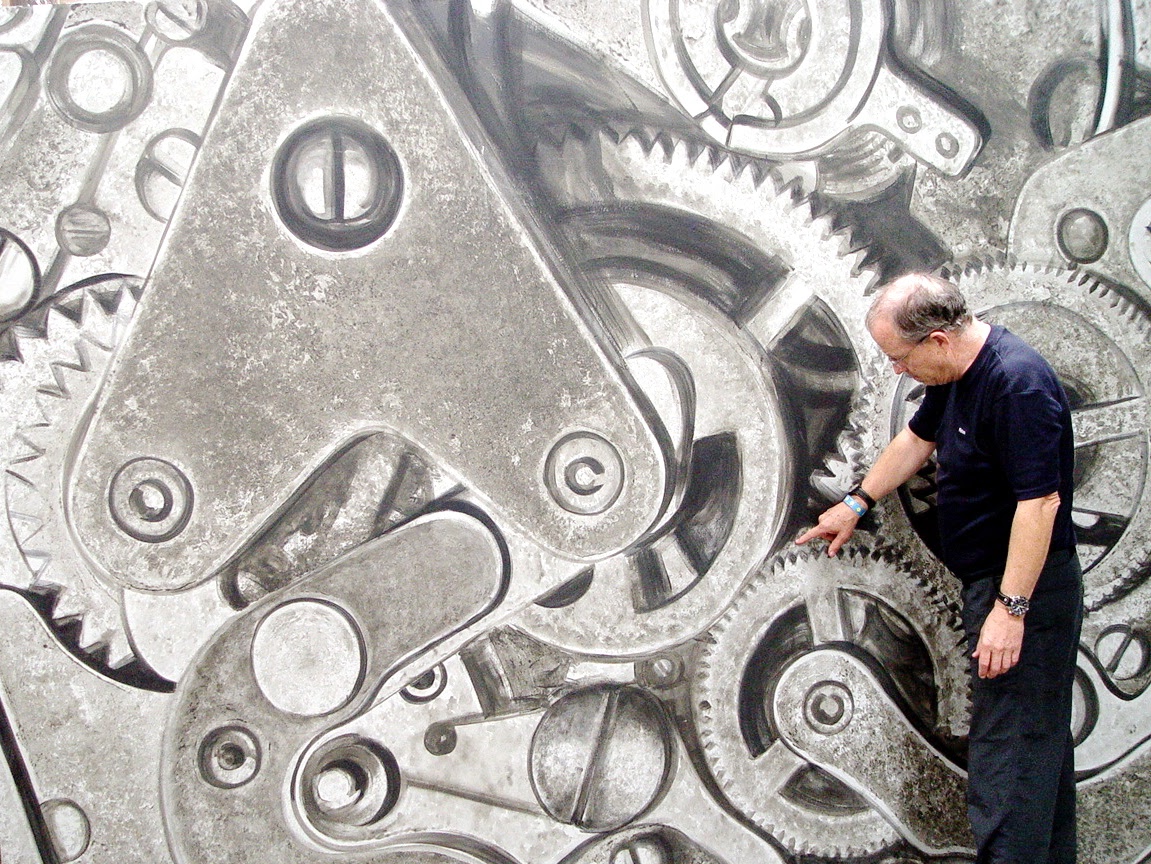
Notice the emblems on the grilles of my 2CVs? That’s the Citroen logo. A double Chevron
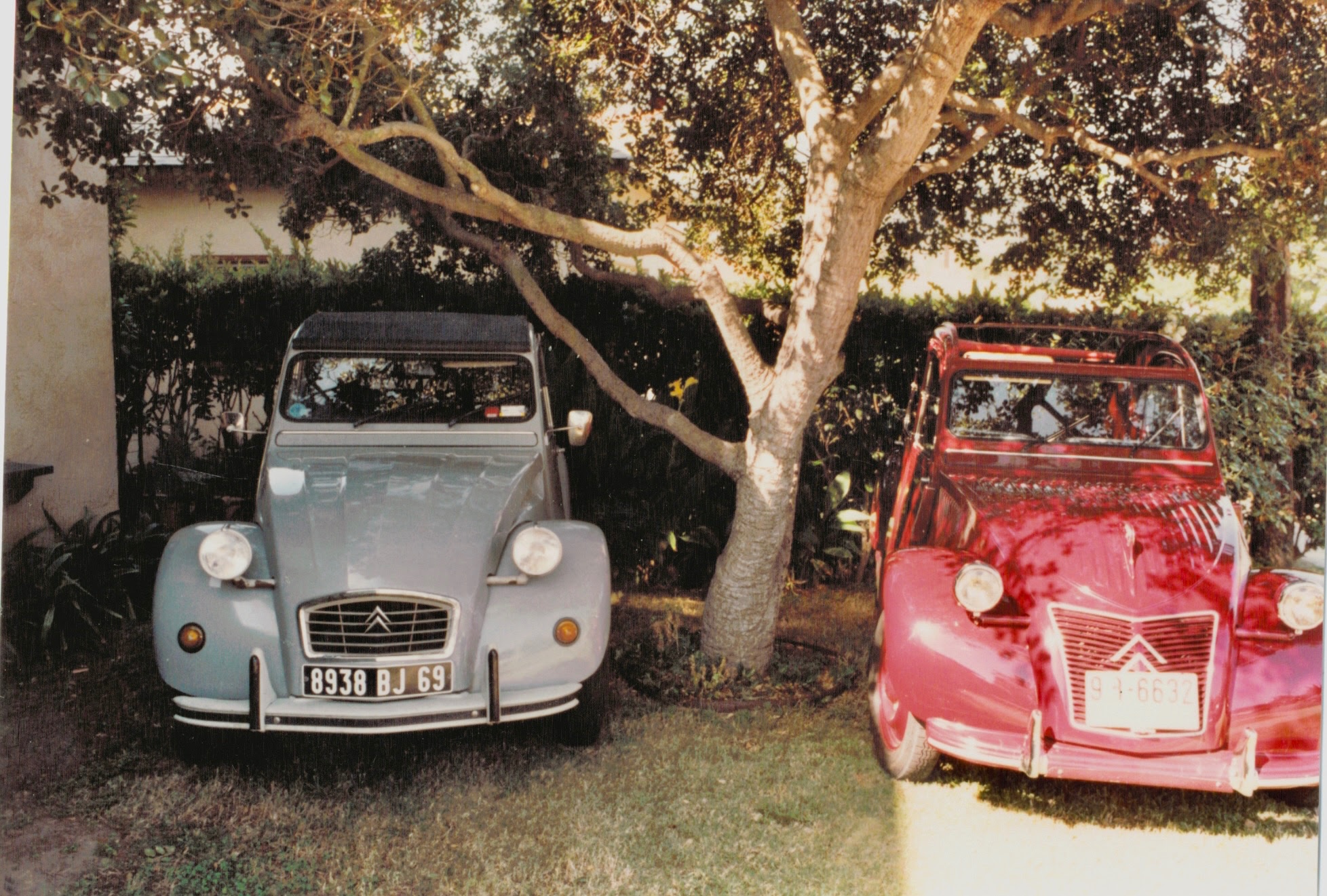
It represents Andre Citroen (who was a GEAR-head), before he got into making cars that carried his name. He developed machinery that allowed factories to manufacture giant Herringbone Gears used in water wheels, steam engines and factories, as you see here.
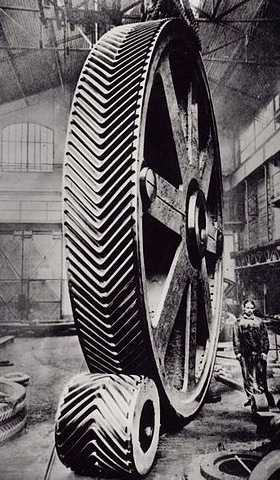
This complicated type of gear has the advantage of running true (straight) and carrying heavy loads without excessive play or noise. It is rare today, but it let me get started on this topic.
TYPES OF GEARS
Here are some more common gears which you may find in your car and in your watch; SPUR, HELICAL, SPIRAL WORM and BEVEL.

Here's a peek inside my Citroen 2CV gearbox showing two types of gears in place. Helical gears are quiet, and used for the forward speeds. Spur gears are cheaper and used for reverse.
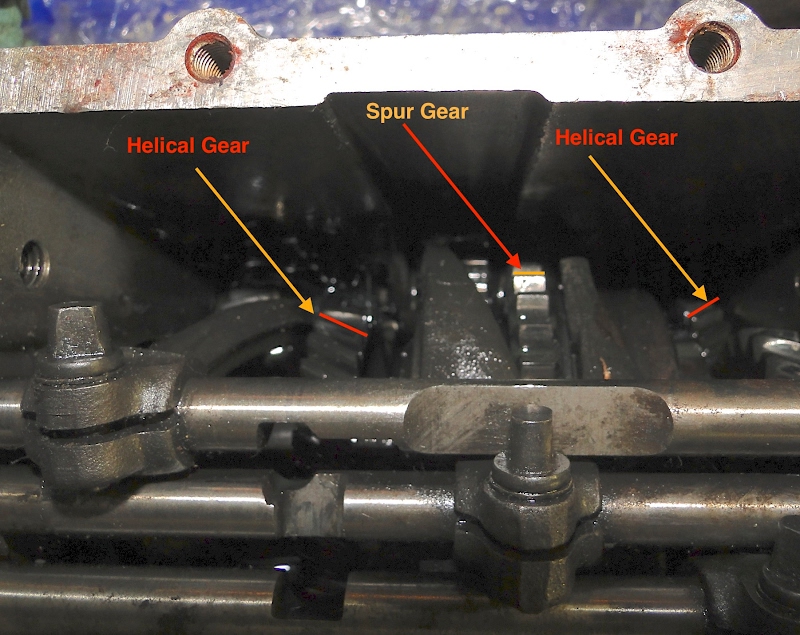
You might be asking "Why do I care?" and the answer is you don't have to care but your watchmaker does!
It turns out that gears are incredibly important in a watch - the shape, size, engagement, material, etc. because they have to operate dry; there is no oil bath like you see in the transmission, and big motor to drive them. Just a tiny spring. If you would like to be a beginner gearhead, here's a guide to some of the TERMS you could quote in the bar after the second round of drinks.
(I think I made this diagram a decade ago, to prove to my watchmaker / mentor Ken that I had been paying attention to his explanation, even though my eyes had closed briefly)
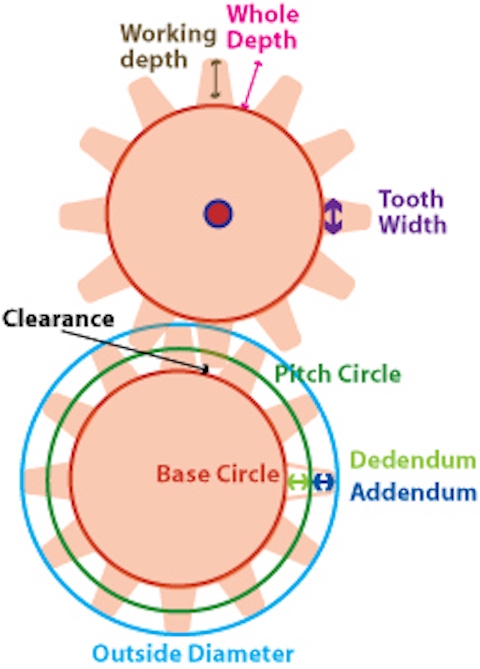
Besides the TYPE OF GEAR and SOME TERMS, a gearhead also needs to know about gear profiles (shapes). I made a wooden clock last Christmas and cleaning and sanding the gear teeth helps it to run MUCH LONGER. That's only because the main teeth are rather crudely cut and have to be punched out of a sheet of wood. Watch gears are much more precisely made (at least you would hope so).
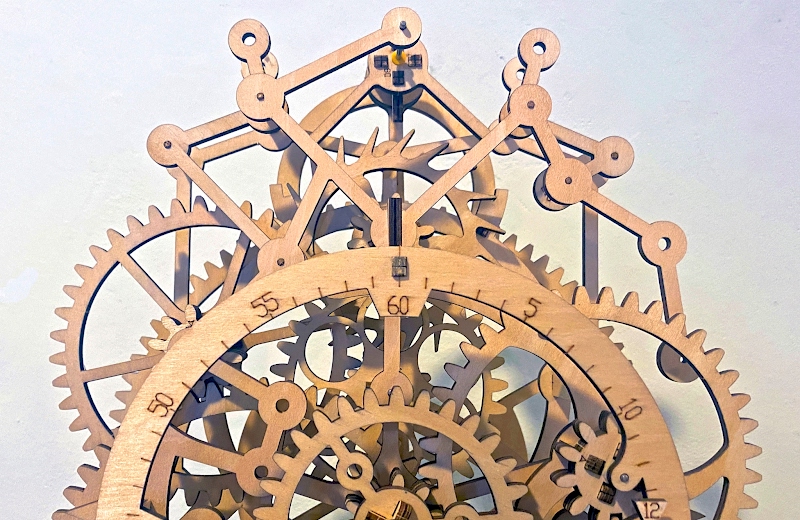
Gearing is SO complex I am going to stop
explaining things and stick to visual observation. Note that if you are getting really excited about
this, you could subscribe to Gear Technology journal.
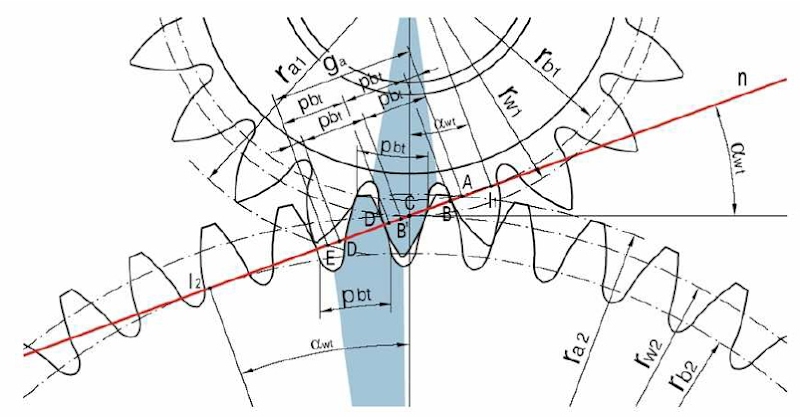
If you are NOT THAT interested, let's do some education by inspection. I'm presenting here a series of macro photos of gears, all from this site, in the past 10 years. I've tried to get a couple from each significant maker, or at least enough altogether that you get a good sense of the shape and appearance of the gears. Please take notes (even in just your memory) because the thread will ask some questions.
A. Lange
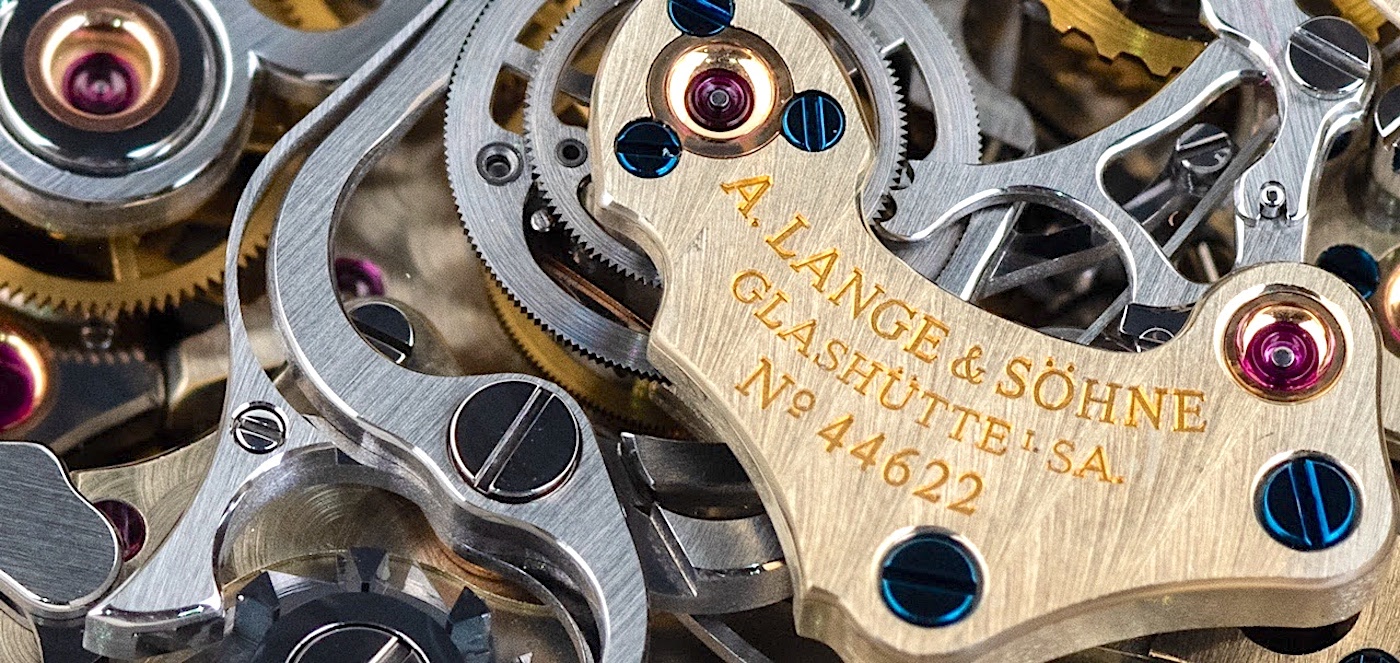
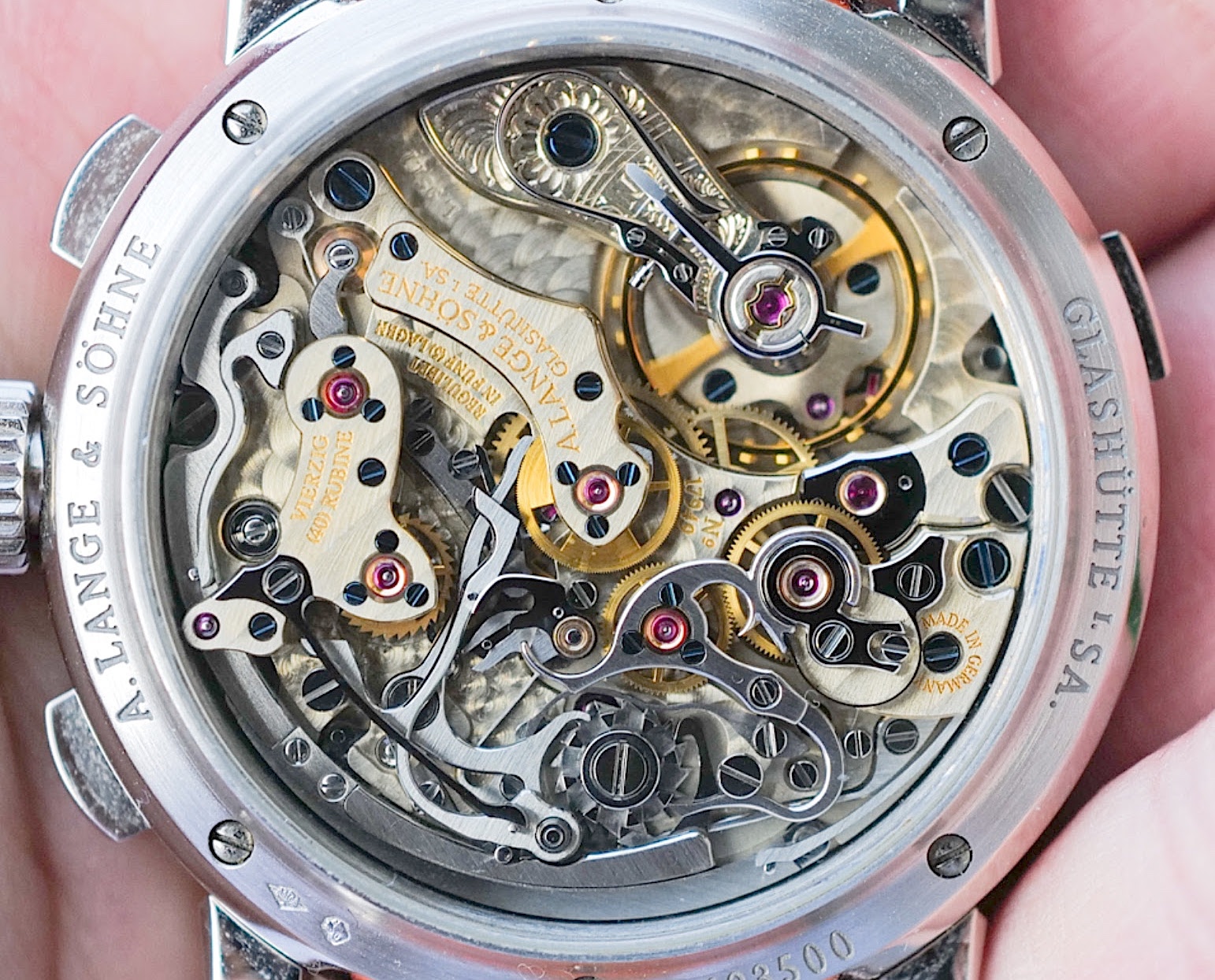


REMEMBER YOU ARE LOOKING AT GEARS, and the PROFILES of the TEETH, not the FINISHING nor COVETING the watch...
Audemars Piguet:
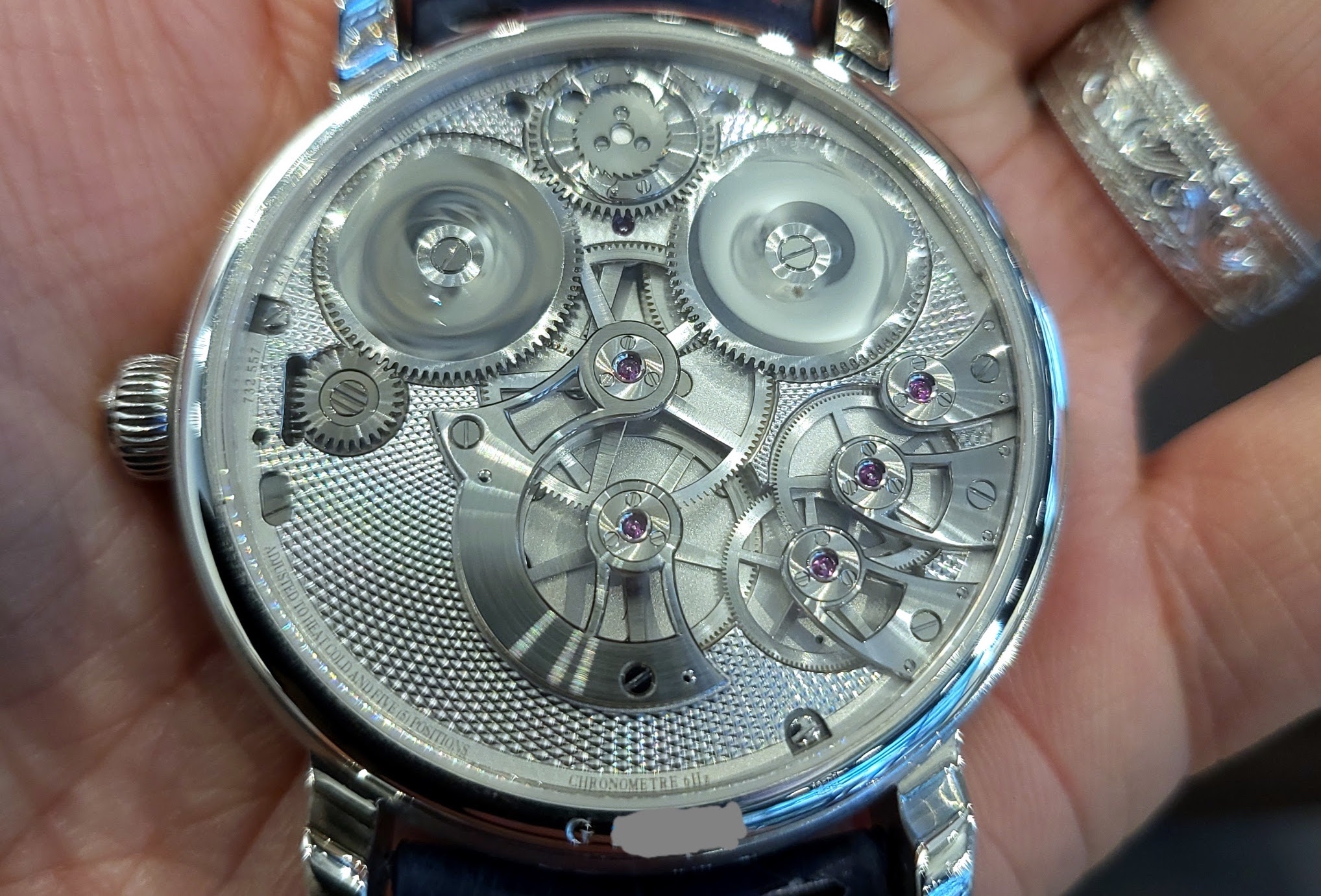
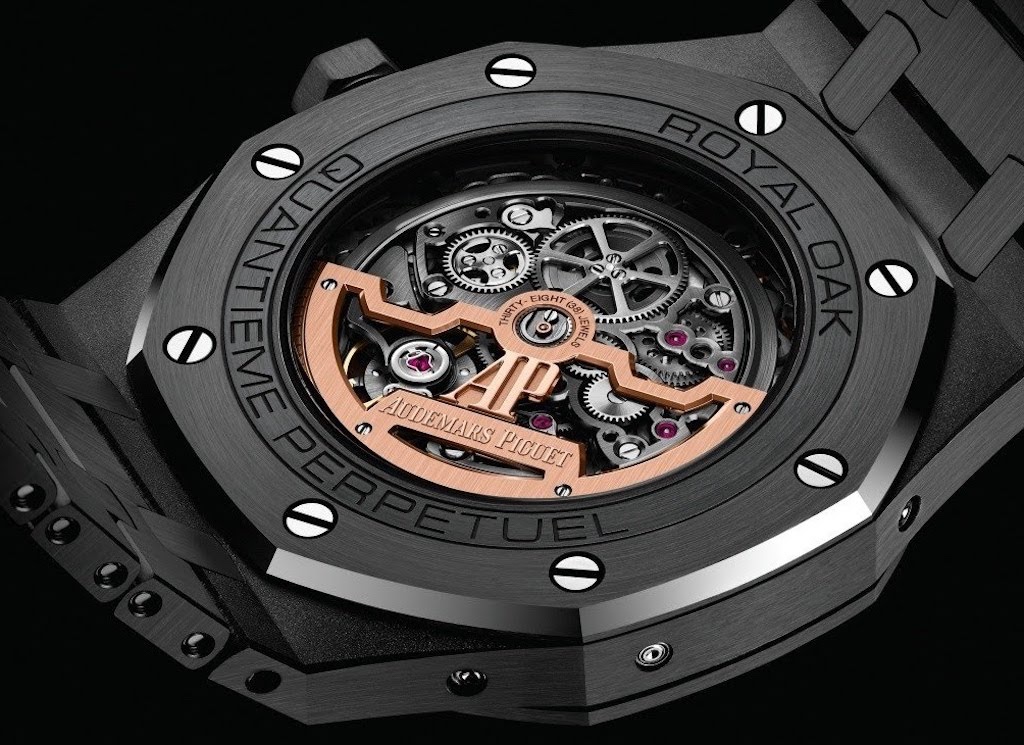
Armin Strom - I was loaned one of these in my Moderator duties and couldn't take my eyes off of it.
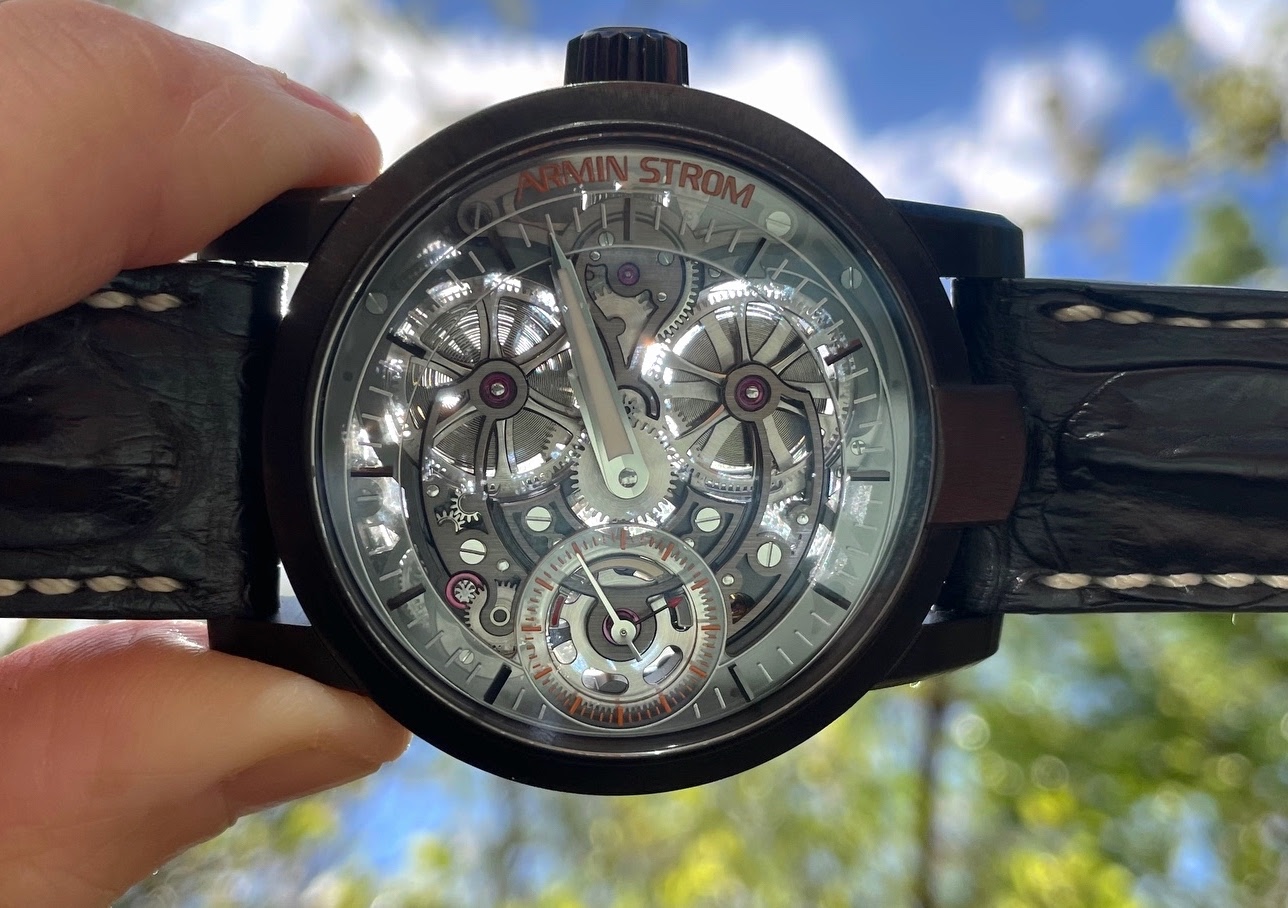
(YES, I know there's a fingerprint on the crystal - it happens to all of us, including whoever took this photo.)
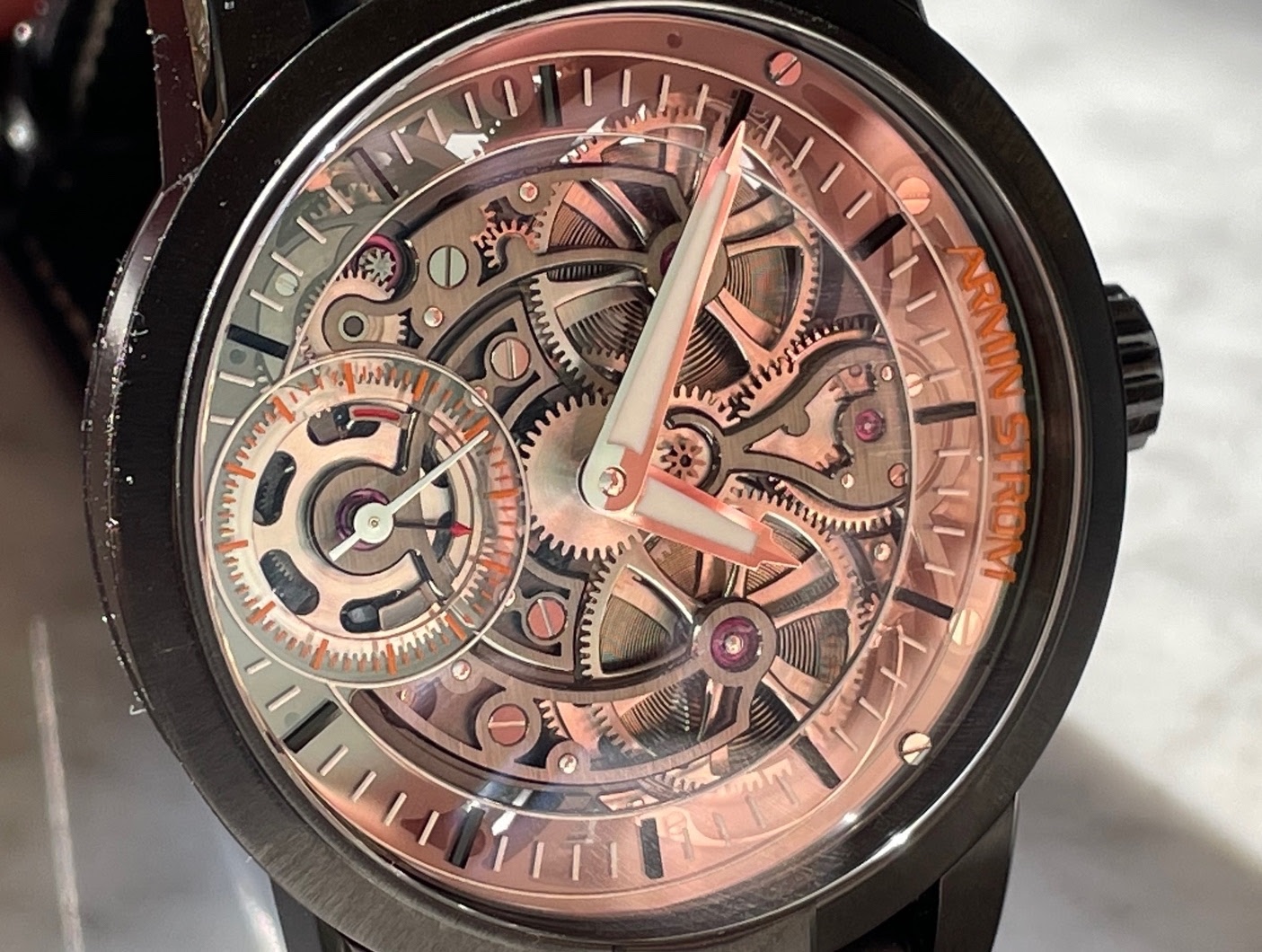
Breguet
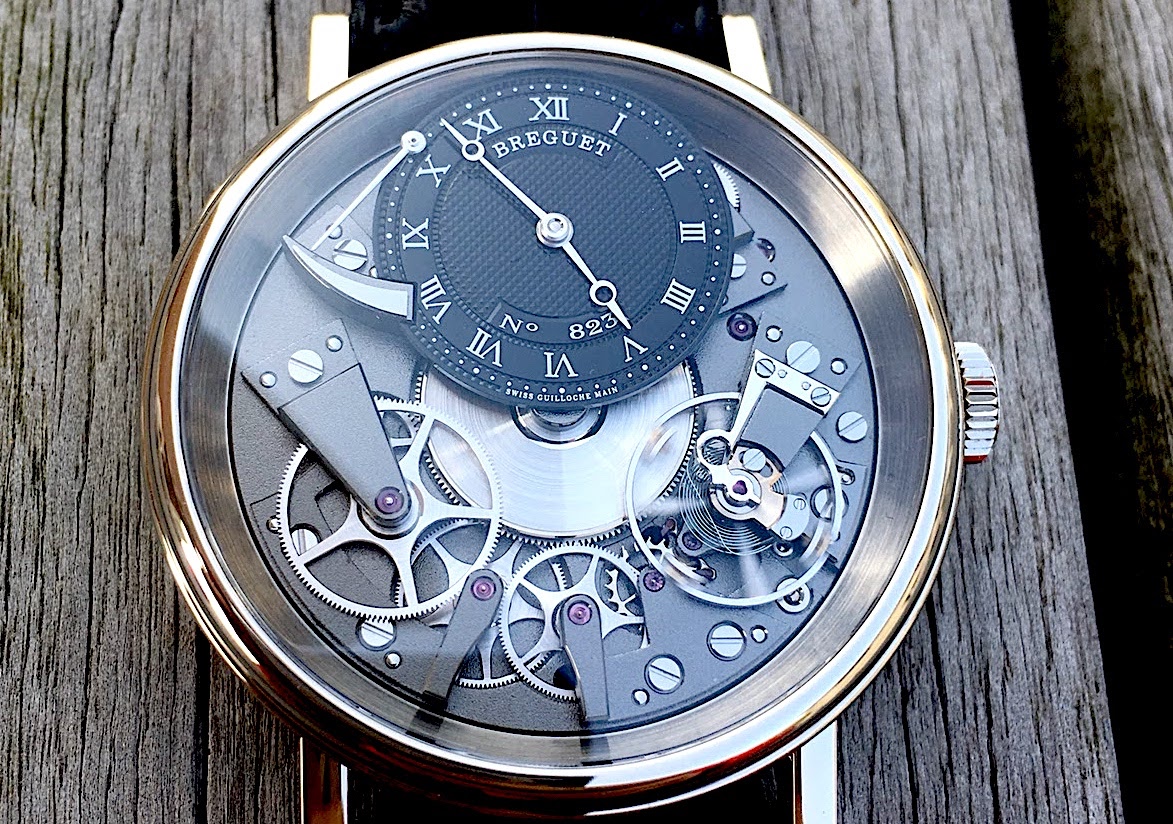
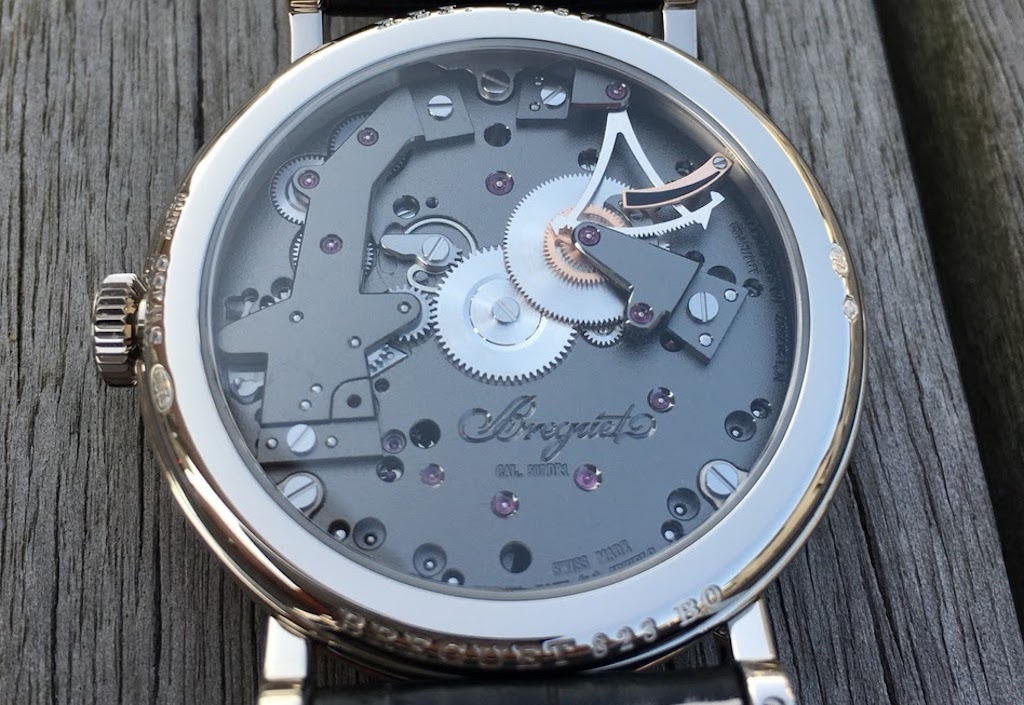
Gronefeld
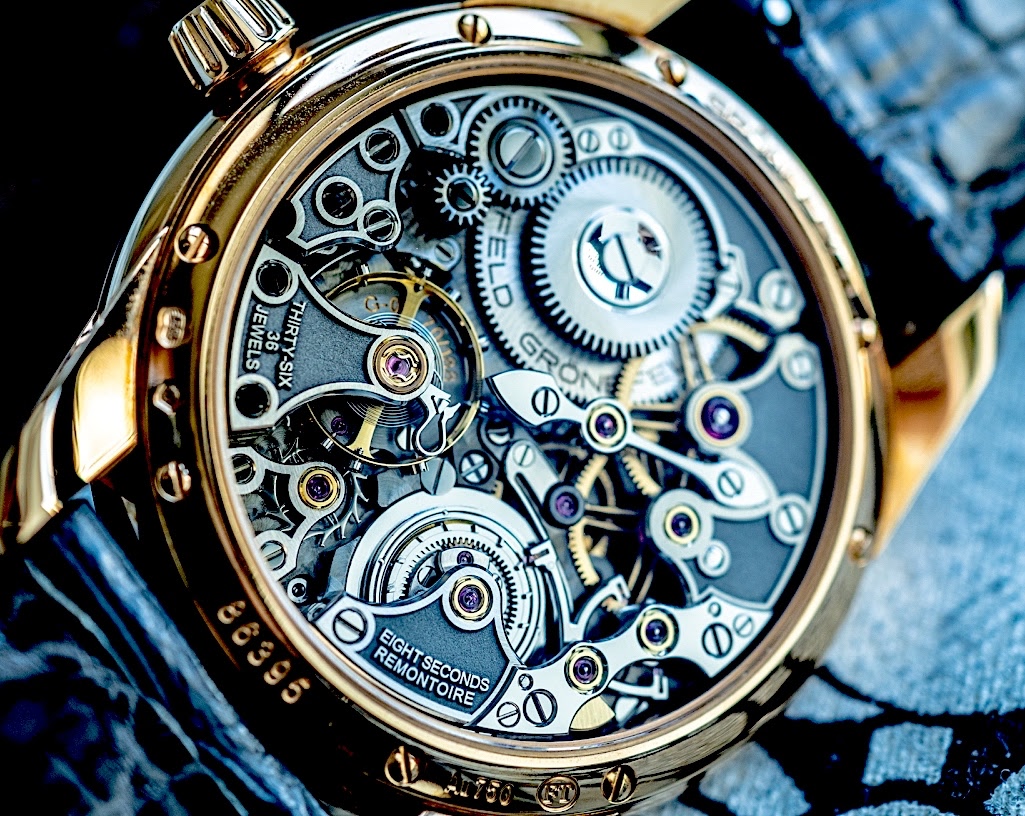
Montblanc star gear explained here

Omega
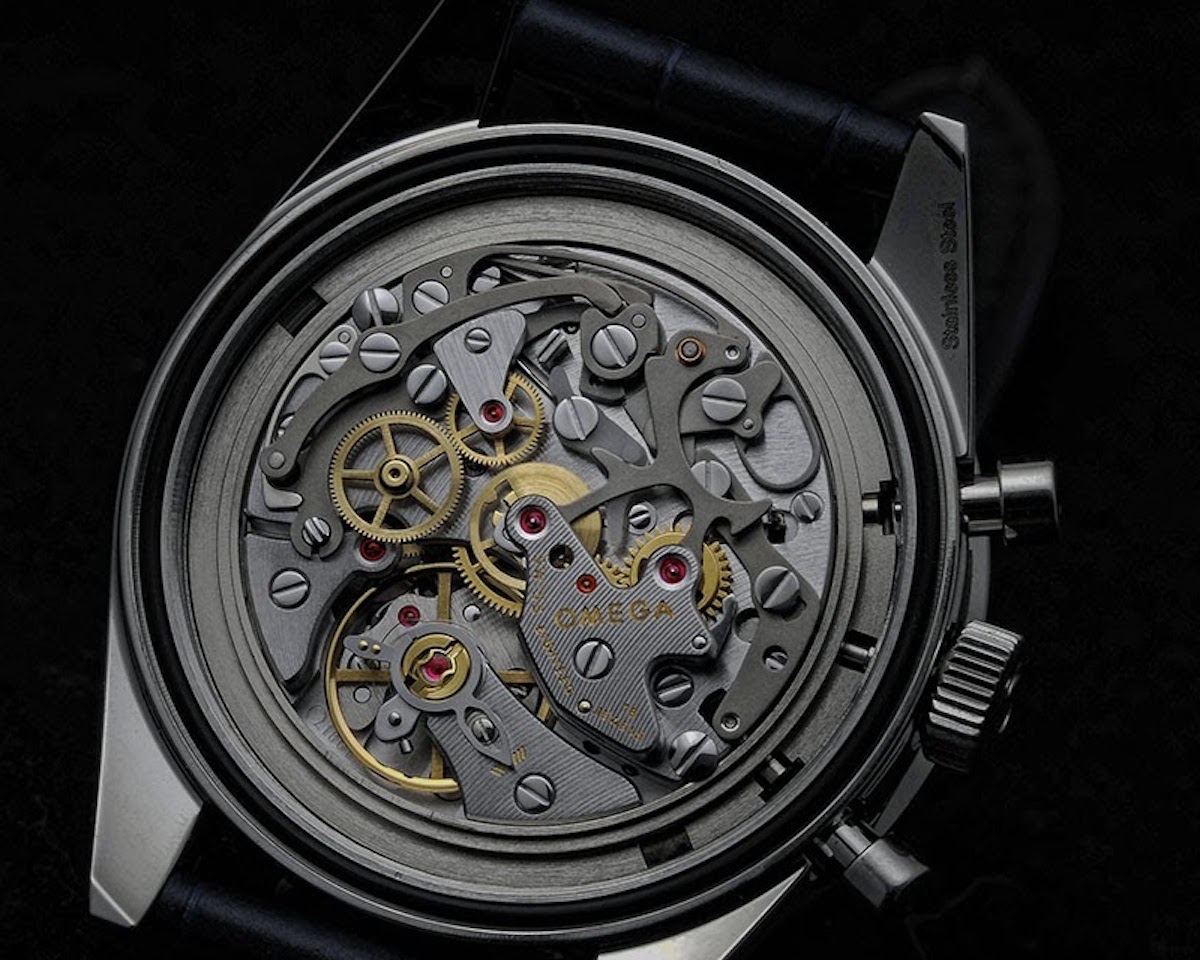
Patek
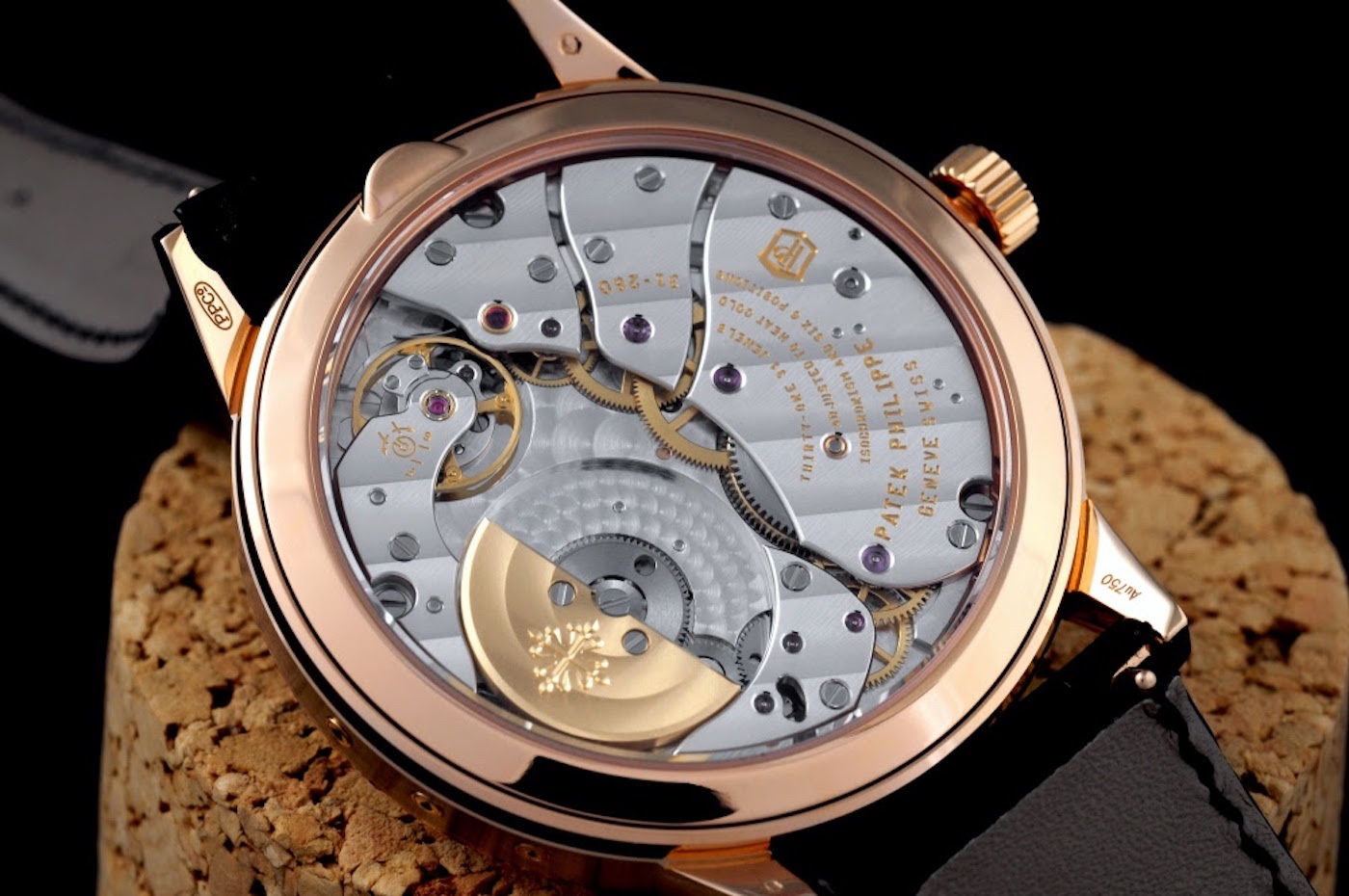
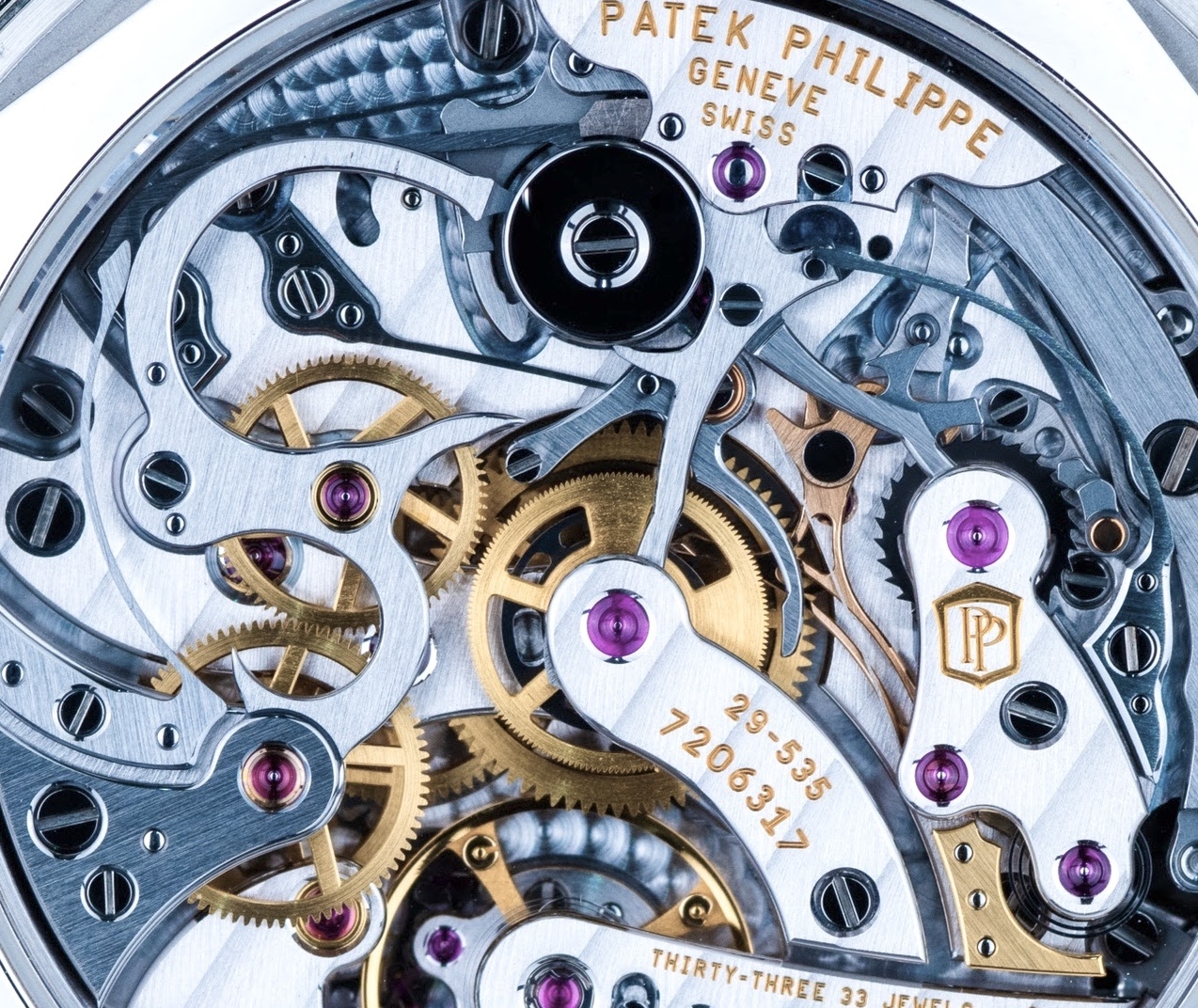
Rolex (only Jocke takes them apart, and with no see-through caseback, images are few
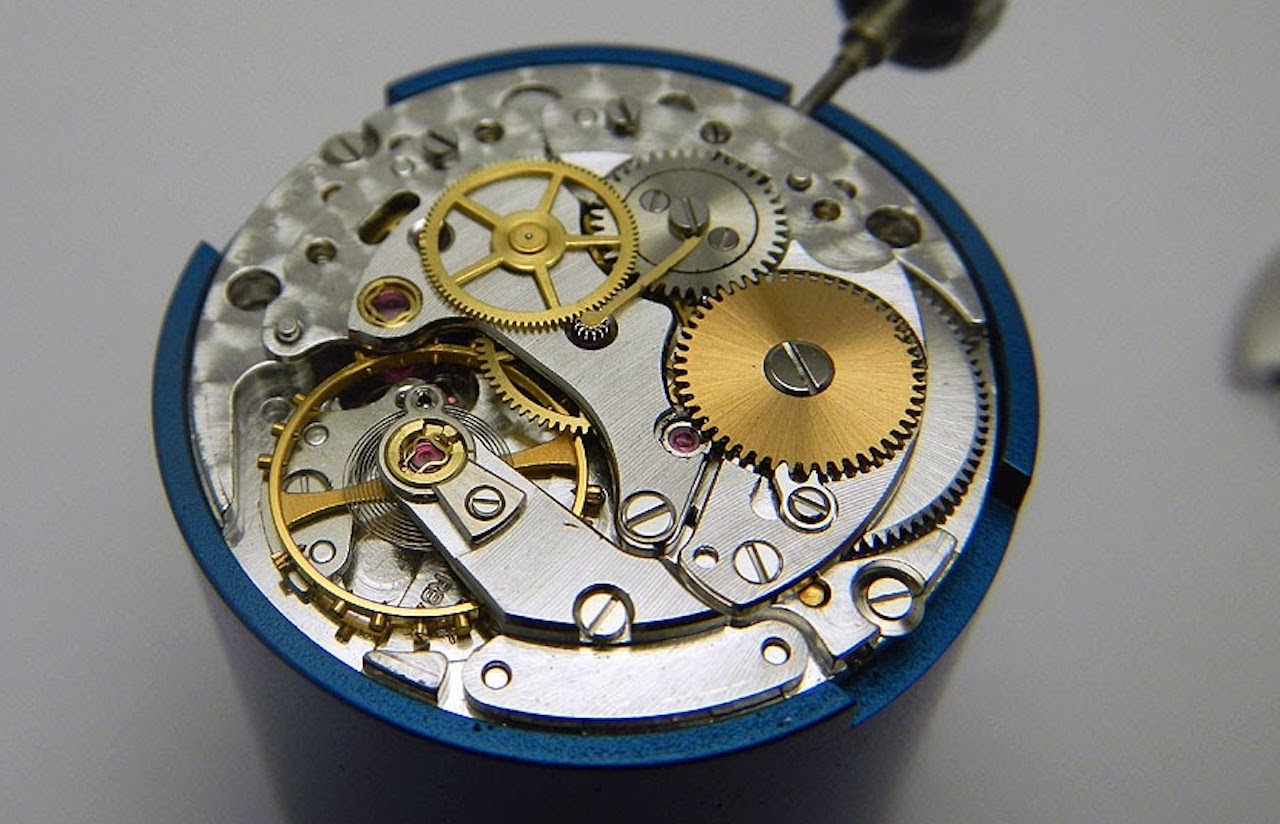
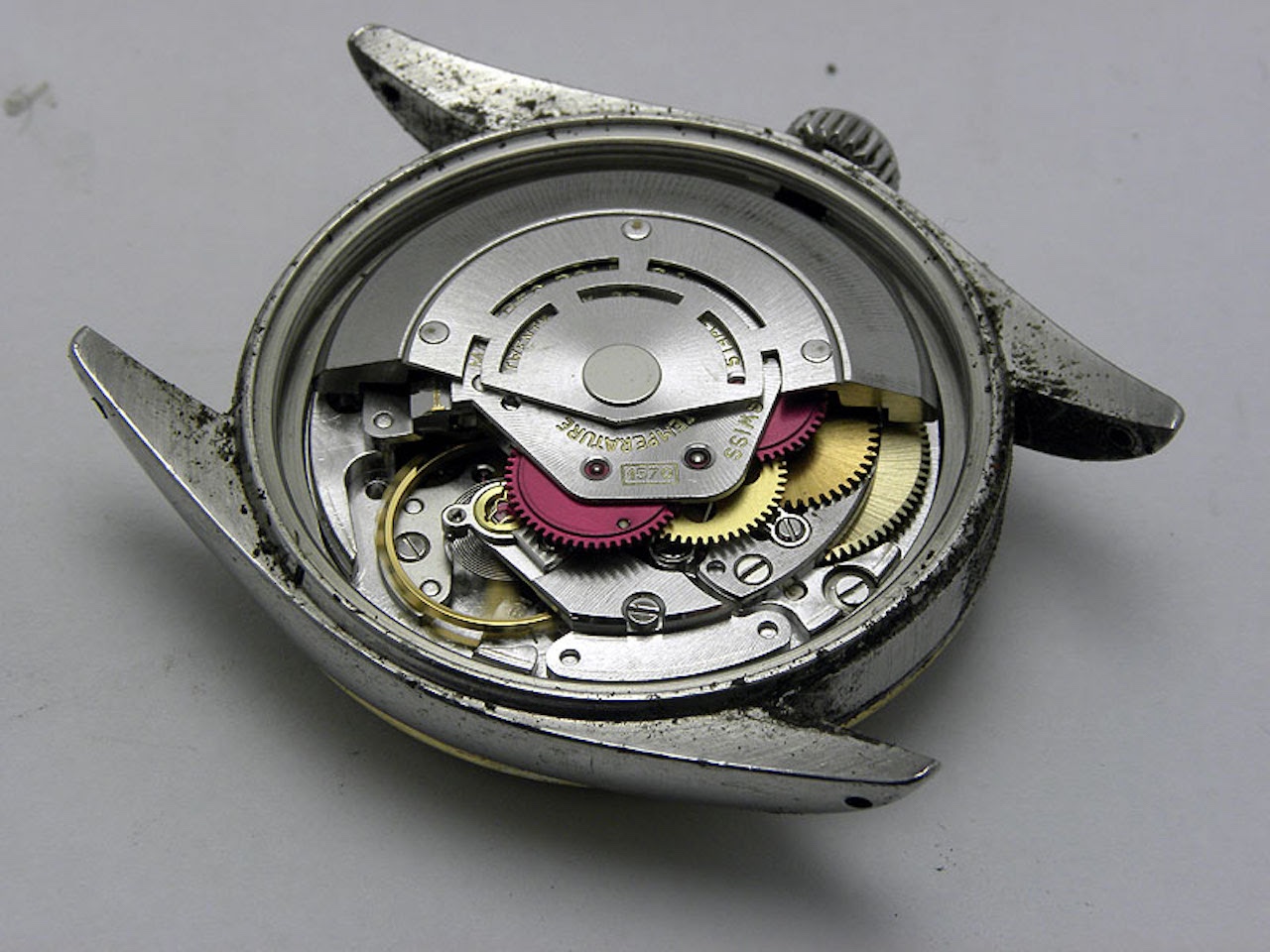
Seiko, Credor Grand Seiko
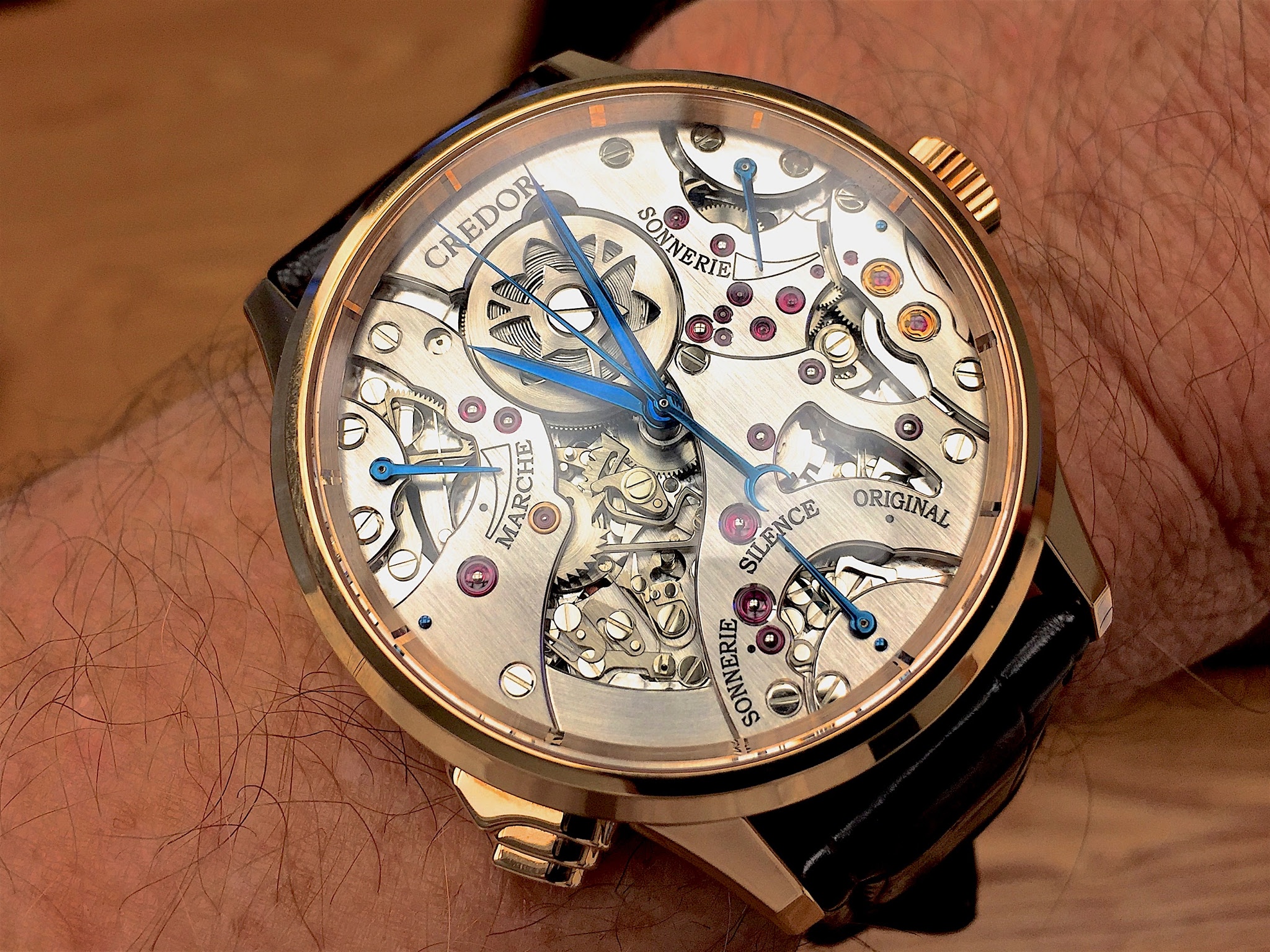

Vacheron Constantin
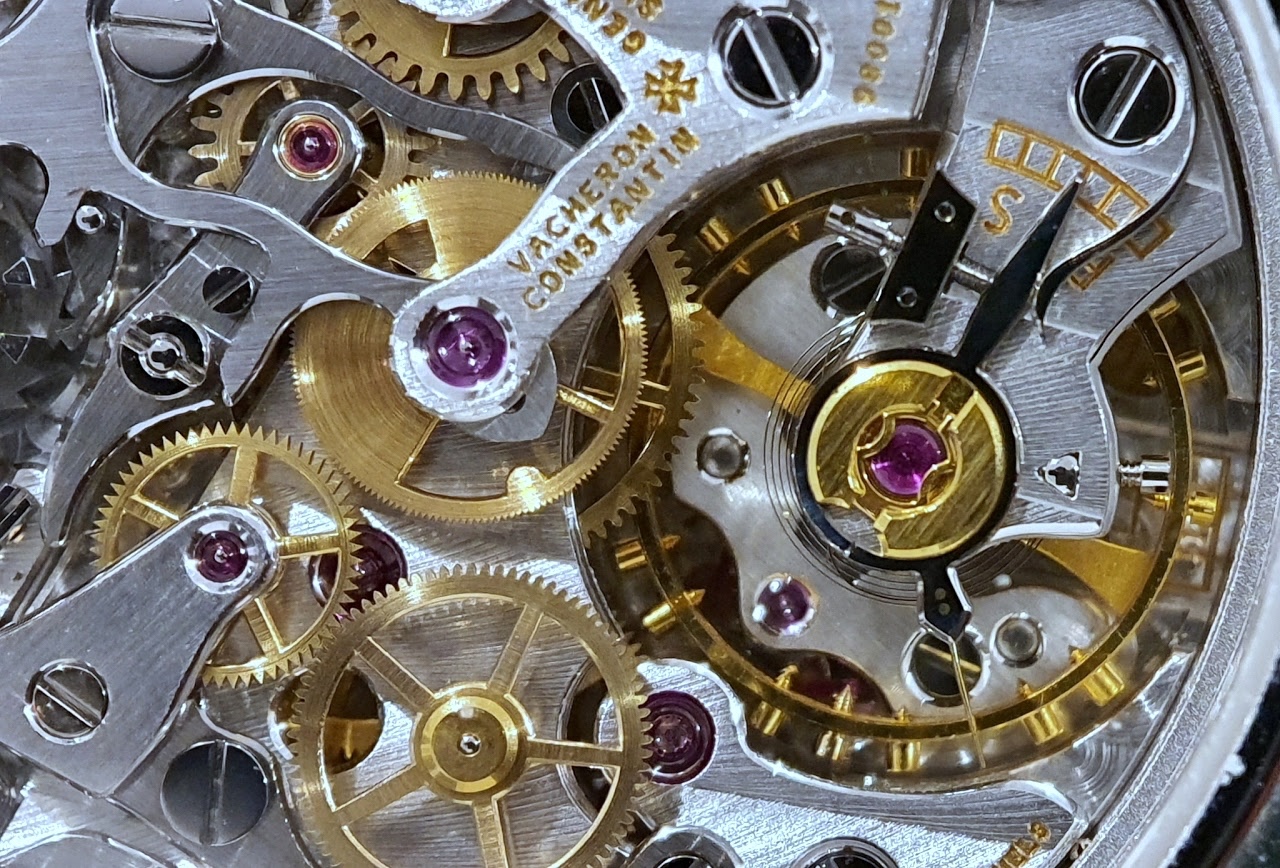
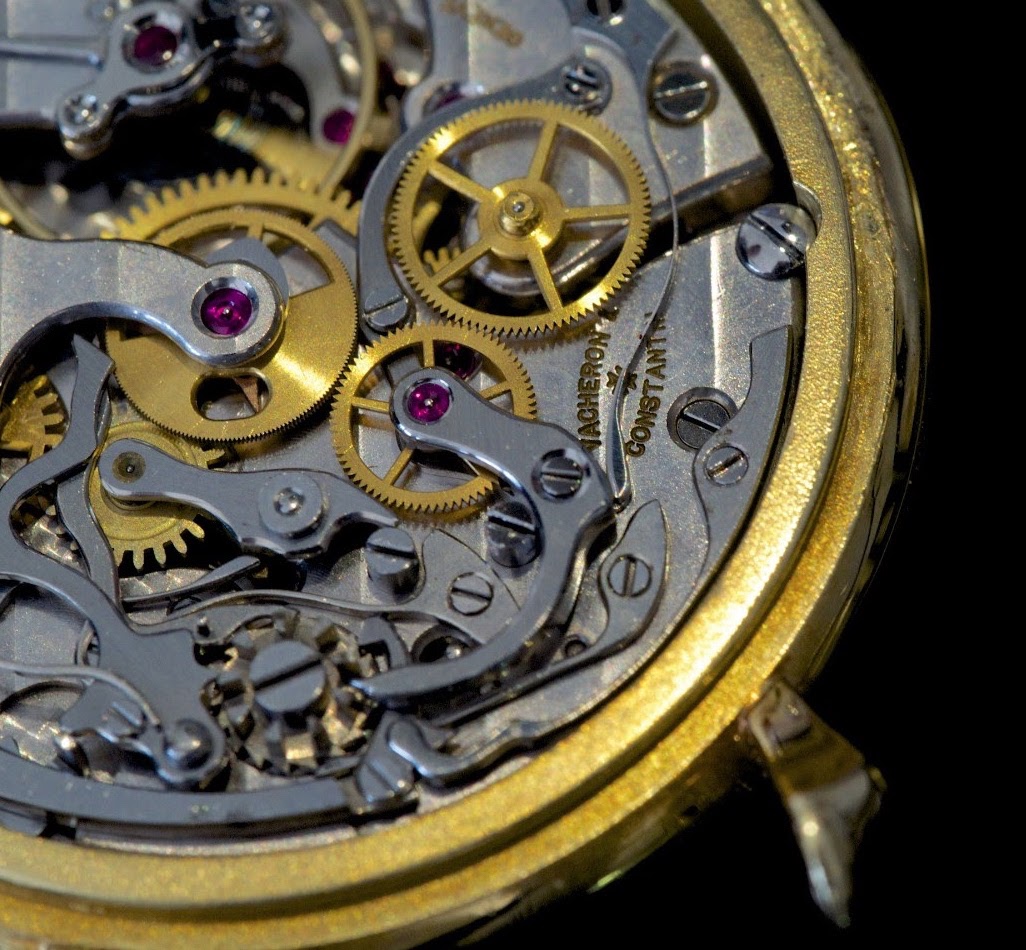
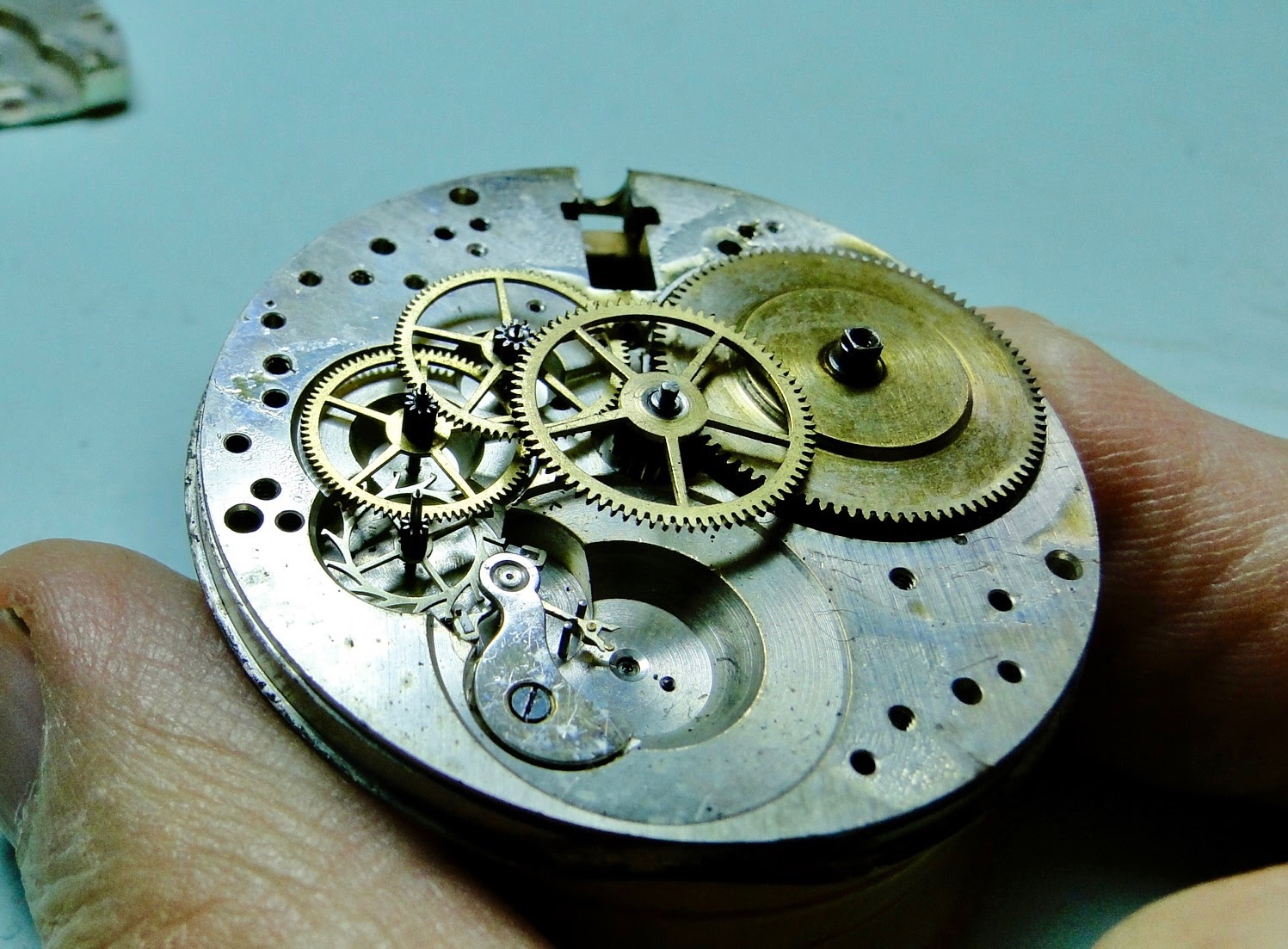
Finally, one other kind of gear assembly, the right angle or bevel gear most often used in a watch's keyless works (the bit that winds the barrel/mainspring and adjusts the hands). Seldom seen because it's under the dial.

Armin Strom - I was loaned one of these in my Moderator duties and couldn't take my eyes off of it.

(YES, I know there's a fingerprint on the crystal - it happens to all of us, including whoever took this photo.)

Breguet


Gronefeld

Montblanc star gear explained here

Omega

Patek


Rolex (only Jocke takes them apart, and with no see-through caseback, images are few


Seiko, Credor Grand Seiko


Vacheron Constantin


ZZ Random Pocket Watch

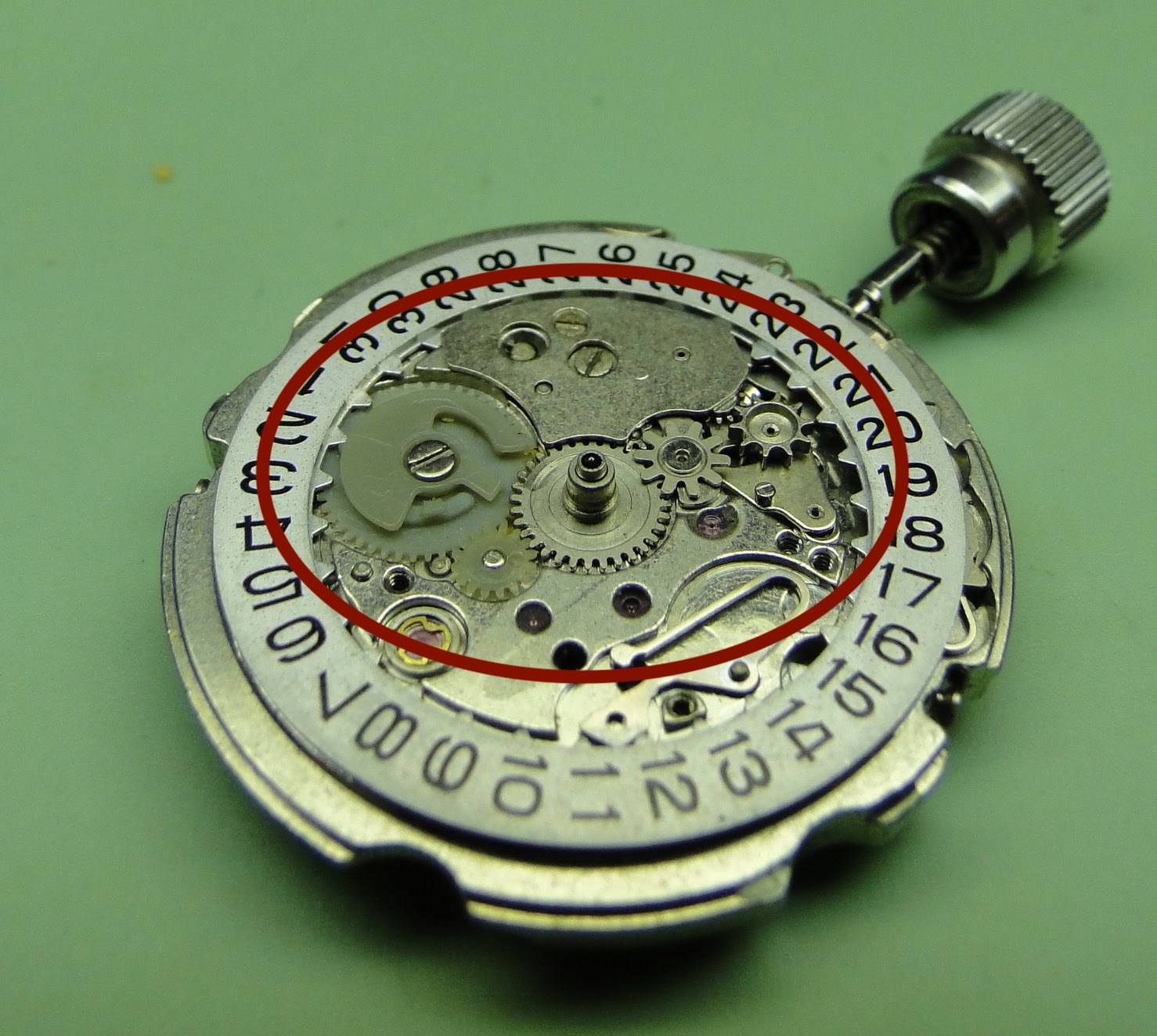
and related gears that drive the date wheel (if equipped)
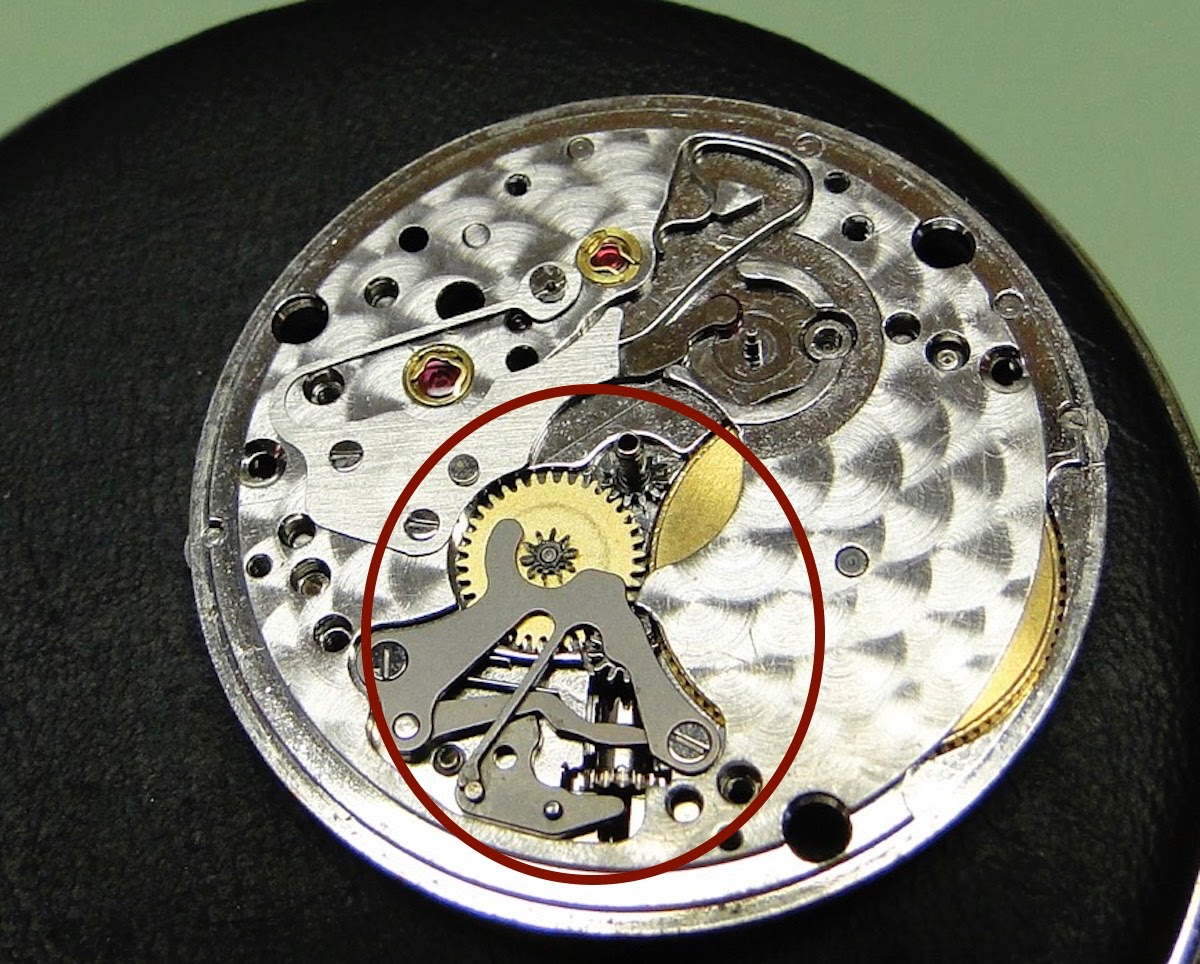
OK, the easy part is over now. Class begins in Part 4
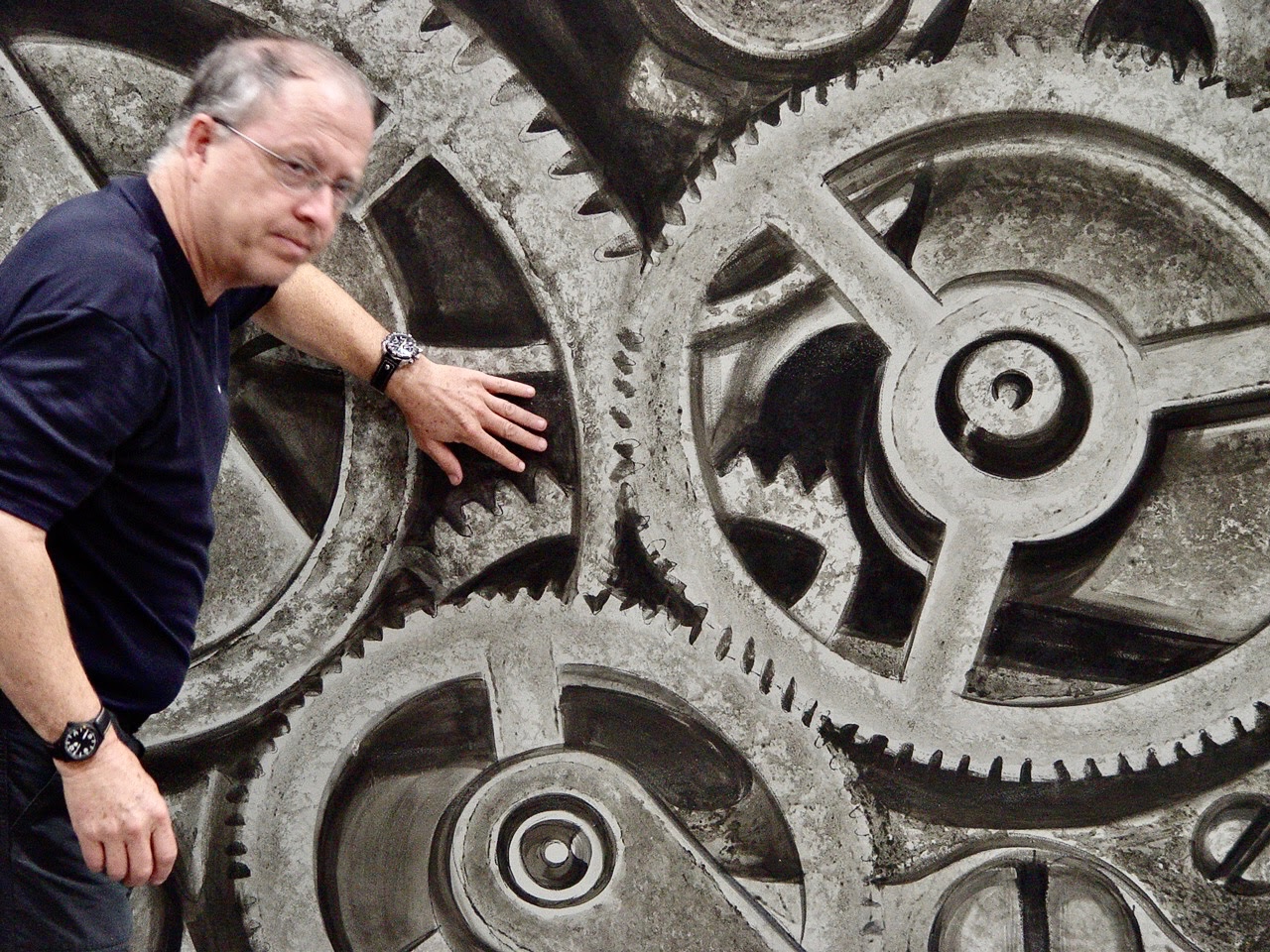
Cazalea
More posts:

Degrees, Gears & Ratios, Part 3
Episode 3 of Degrees, Gears & Ratios begins with a giant stage backdrop from a theatre production, when I was chairman of the board of trustees. I can't remember the name of the show but what better image to start this episode ... and can anyone name ...

Reminds me of changing gears in the Hewland LD200 Formula 2000 race car.
The correct gear ratios for the track and weather conditions win races 😎 ...

Next level reporting Mike =)
Many gorgeous movements.... I think I would go with the VC . Looking forward to what comes next.... Cheers, Filip


I'm loving this!
Gears are fascinating, because they are able to deliver mathematical information through mechanical means. I'd like to add something relating to my field that I find to be extremely interesting: nanogears. Nanogears are gears made to work at the nanometri...
The first AP (non-Royal Oak) is spectacular...
..any photos of the front or the reference? Great knowledge here : )

Jules Audemars Direct Impulse Chronometer with a 6hz movement (also known as "Robin" or "Grasshopper" Escapement)
HERE THE ARTICLE I QUOTED THE IMAGE FROM HERE in rose gold Mike
Thank you : )
...I can't believe I missed this one. What a stunner. Too bad it's so big (or I'm too small). The guilloche on the movement is amazing.
